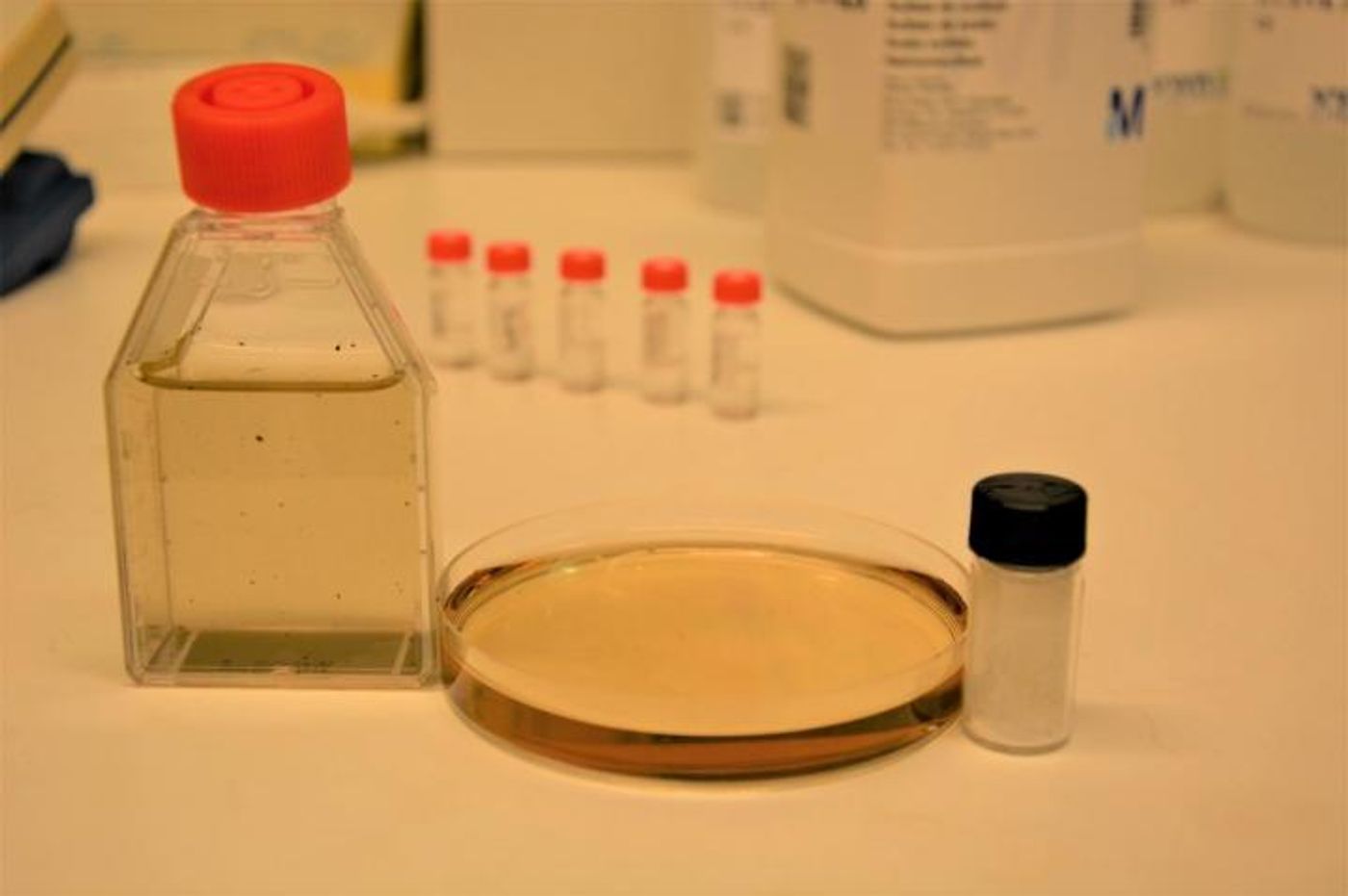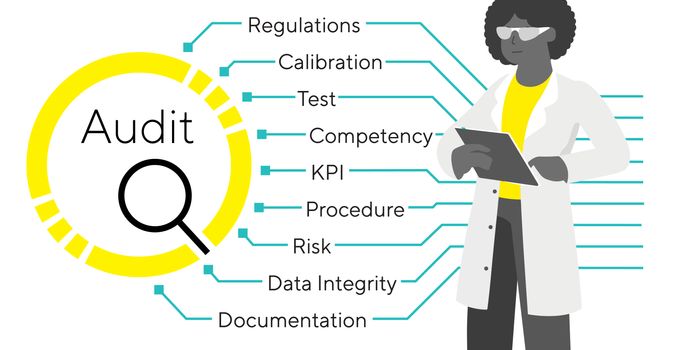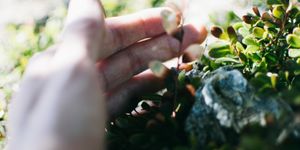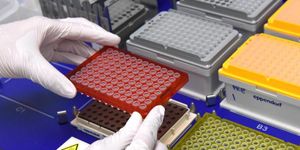Microbes May Offset Some of the Negative Impacts of Ocean Microplastics
About 70 percent of the trash in the ocean is made of plastic. There is so much plastic in our oceans, it’s thought to have entered our food chain. Tiny bits of it, called microplastics, are ingested by myriad creatures including fish and birds, and end up in the food people consume. In 2019, researchers discovered microbes that will break down plastic by eating it. Also in 2019, scientists found that the chemicals that leech out of plastics when they’re in the ocean can have a detrimental impact on microbial life in the sea.
We know that plastic is impacting marine life, and now researchers have traced what happens to a microplastic called polyethylene as it entered the food chain. The scientists labeled the polyethylene with a radioactive isotope so they could follow it as it moved and transformed. They found that the chemical was broken down and changed into beneficial fatty acids. The work has been published in Scientific Reports.
"We analyzed produced gases and microbial fatty acids using stable isotope mass spectrometry," explained study co-author Dr. Sami Taipale. "We wanted to study whether microbes that have the ability to decompose complex humic compounds would also use recalcitrant microplastic polymers, and indeed, microplastic degradation was more pronounced by microbes originating from the humic lakes than from the clear water lakes.” (Humic lakes have high levels of organic acids.)
"Fatty acids profiles also helped to identify the bacterial groups that were responsible for the decomposition," said study co-author Professor Marja Tiirola. "The lack of labelled material limits the microplastic studies, so we welcome partners to synthesize other labelled plastic types."
The method the researchers used to demonstrate how carbon from polyethylene was directly incorporated into the upper food dhain is considered a breakthrough. Eukaryotes were shown to take up fatty acids like omega-3 and omega-6 using this technique. Further study showed that these faty acids went on to support growth in the next level of the food chain: zooplankton, and was integrated into their cell membranes.
This study is contrary to previous work; it shows that microbial decomposition of microplastic neutralizes the detrimental effect that high levels of microplastics can have on algae and zooplankton growth.
"The plastic surface was covered by microbes, which utilized released chemicals or prevented physical contact to algae and zooplankton," said study co-author, Professor Jussi Kukkonen.
The researchers suggested that microplastic toxicity should be evaluated in aquatic environments that include natural microbes, which may offset some of the negative effects.
Sources: AAAS/Eurekalert! via University of Jyväskylä – Jyväskylän Yliopisto, Scientific Reports









